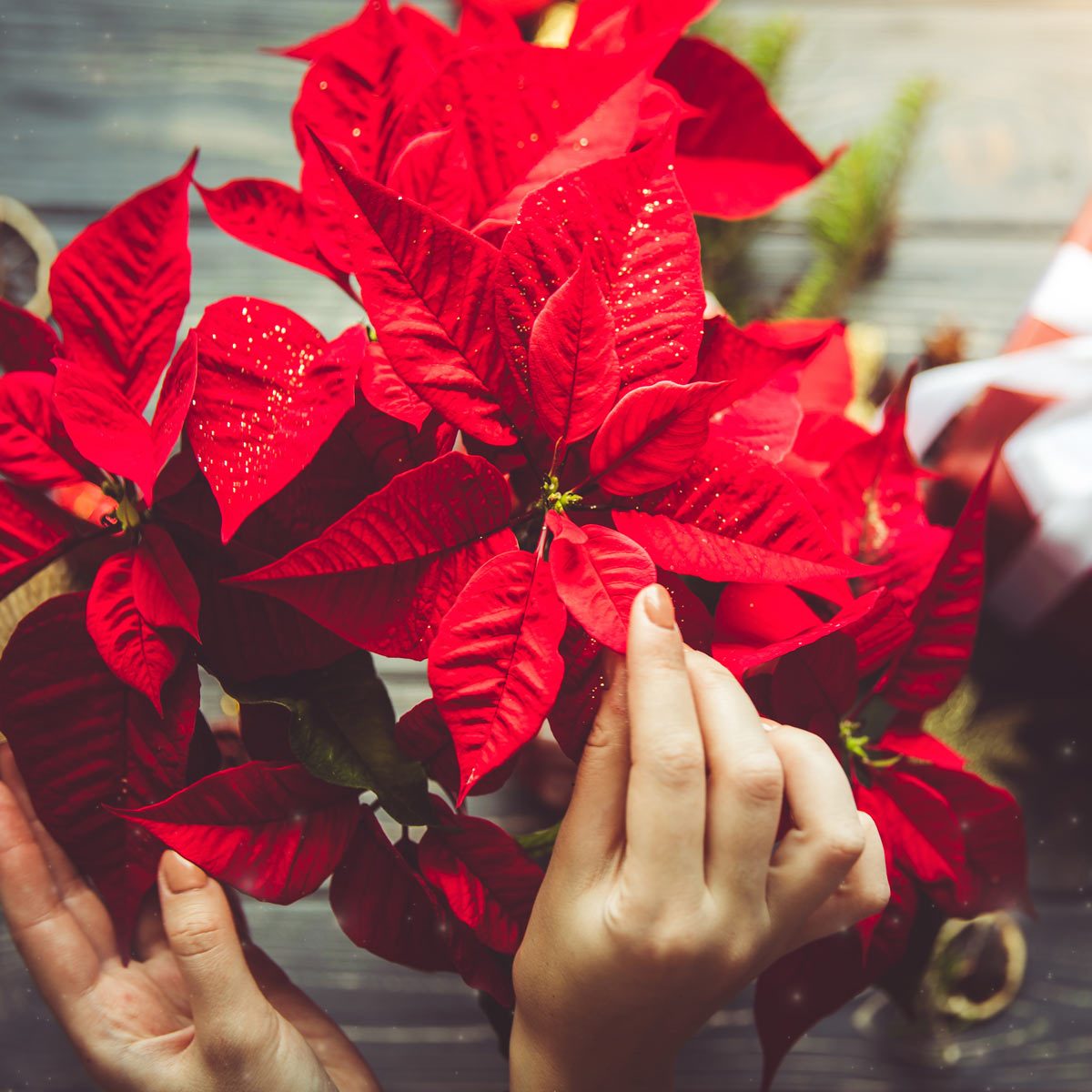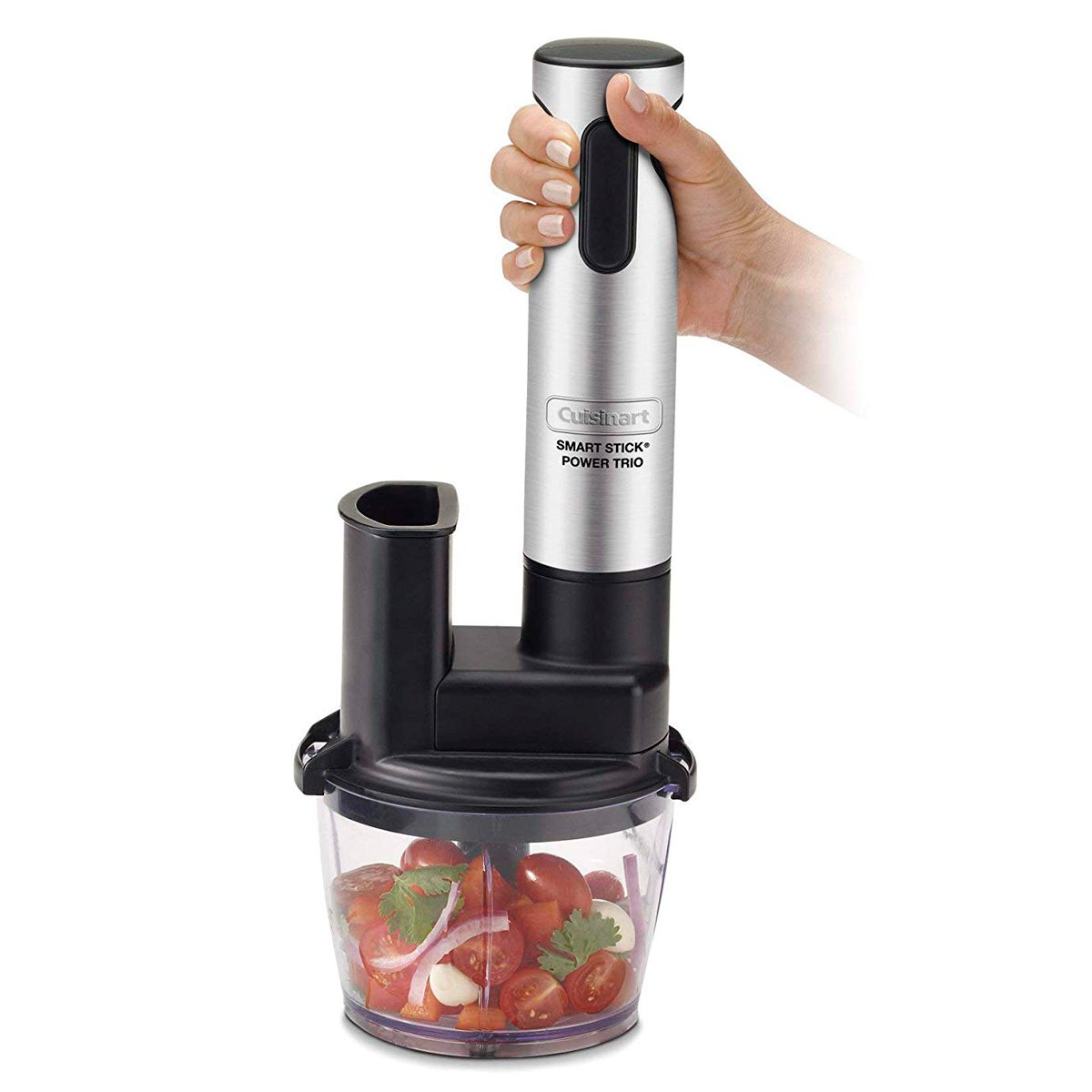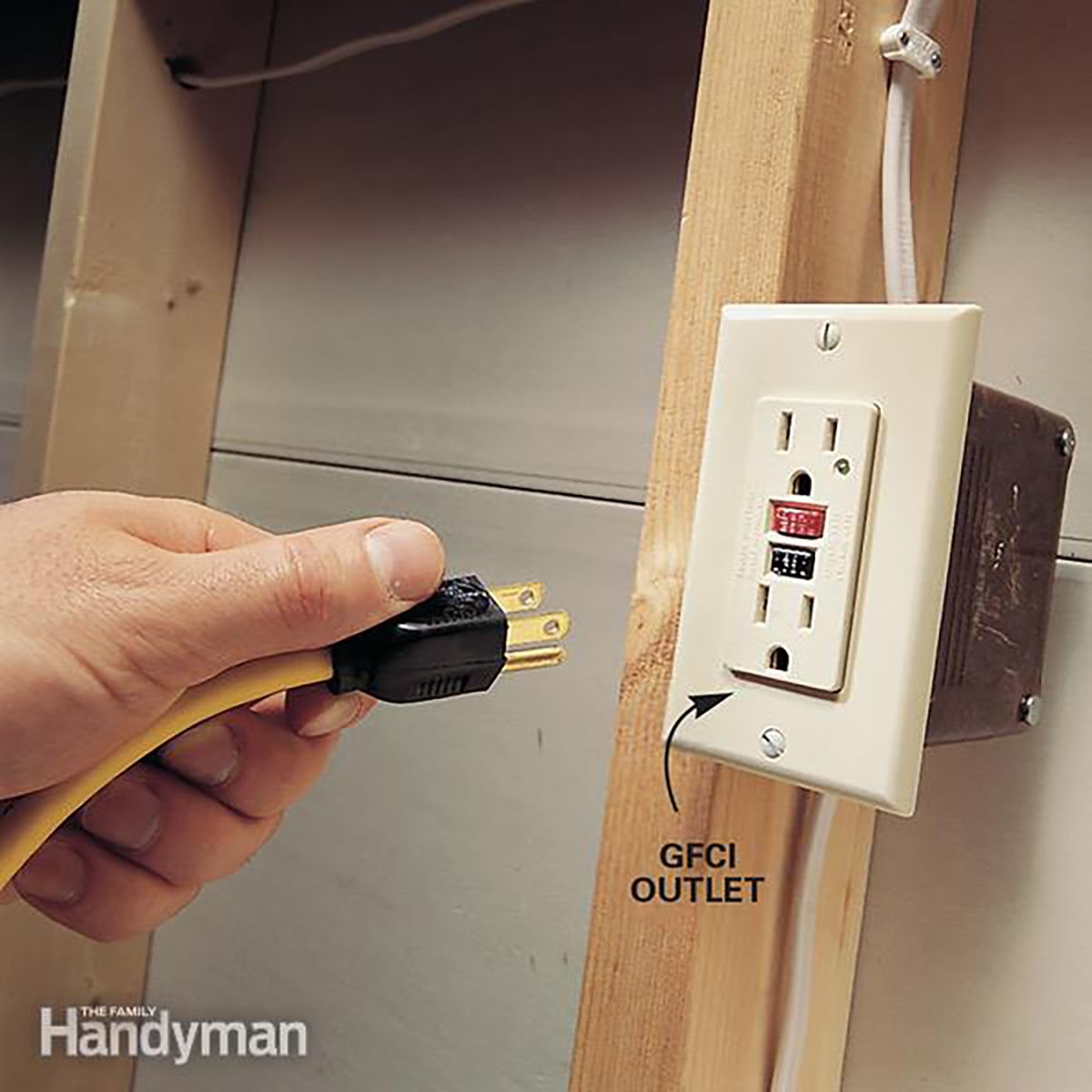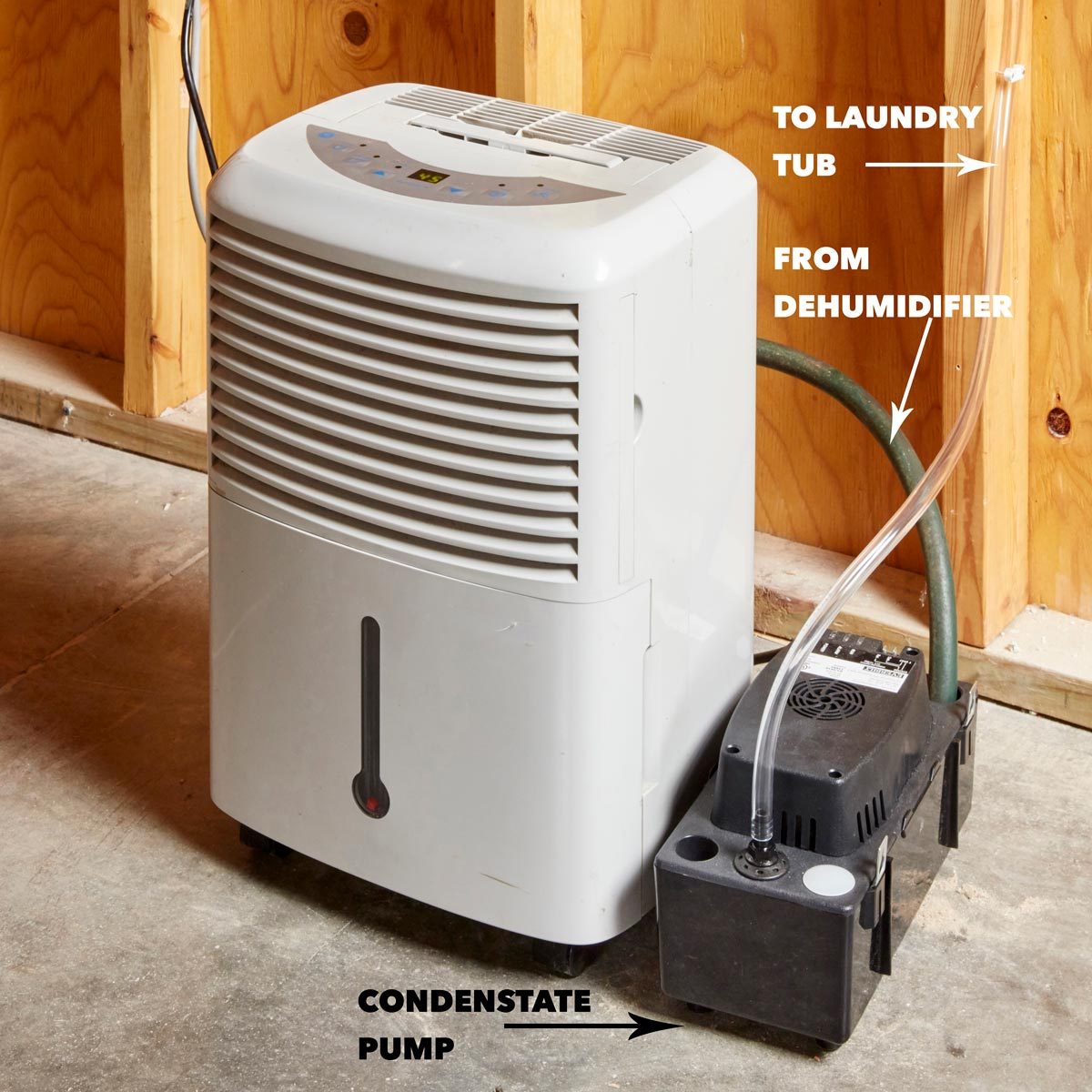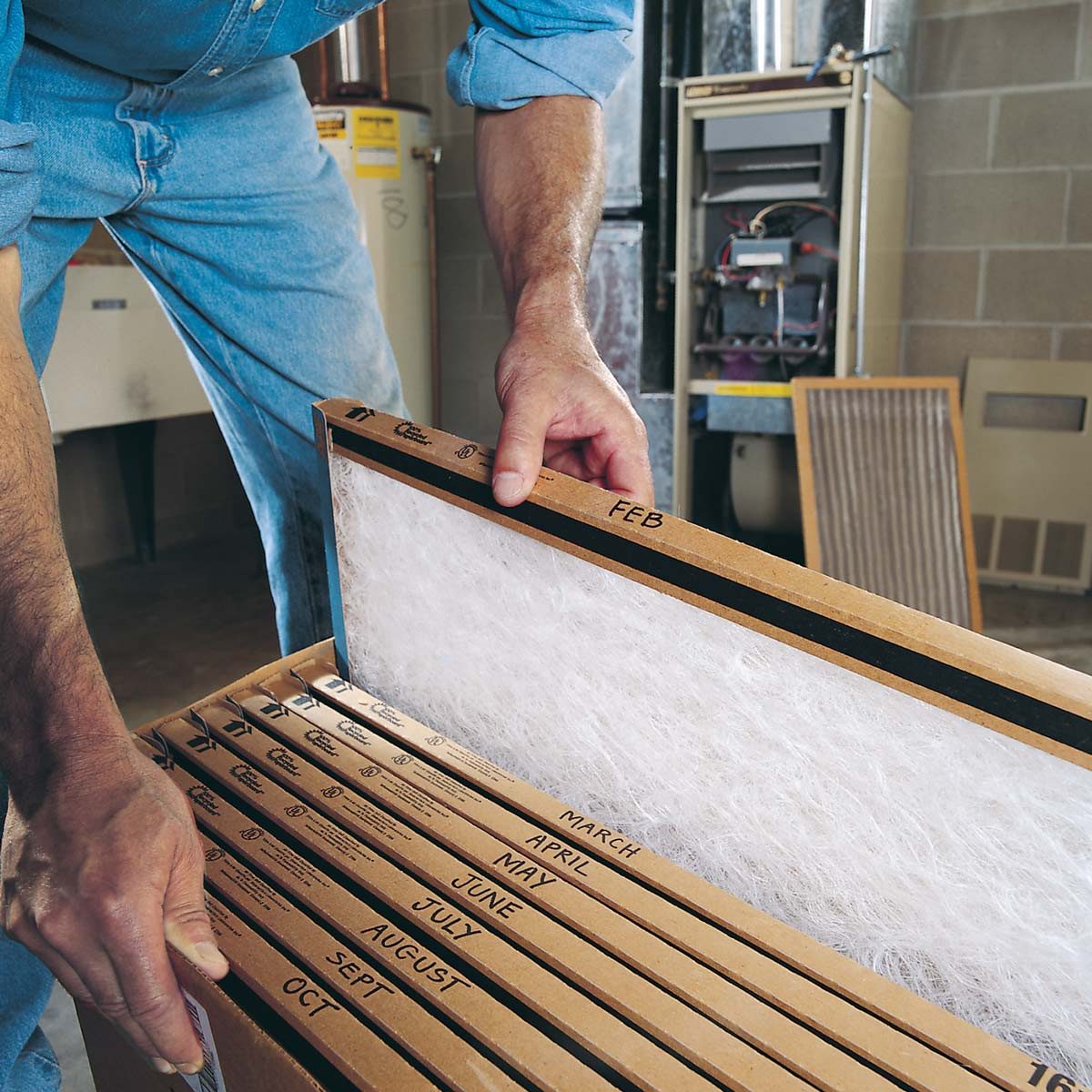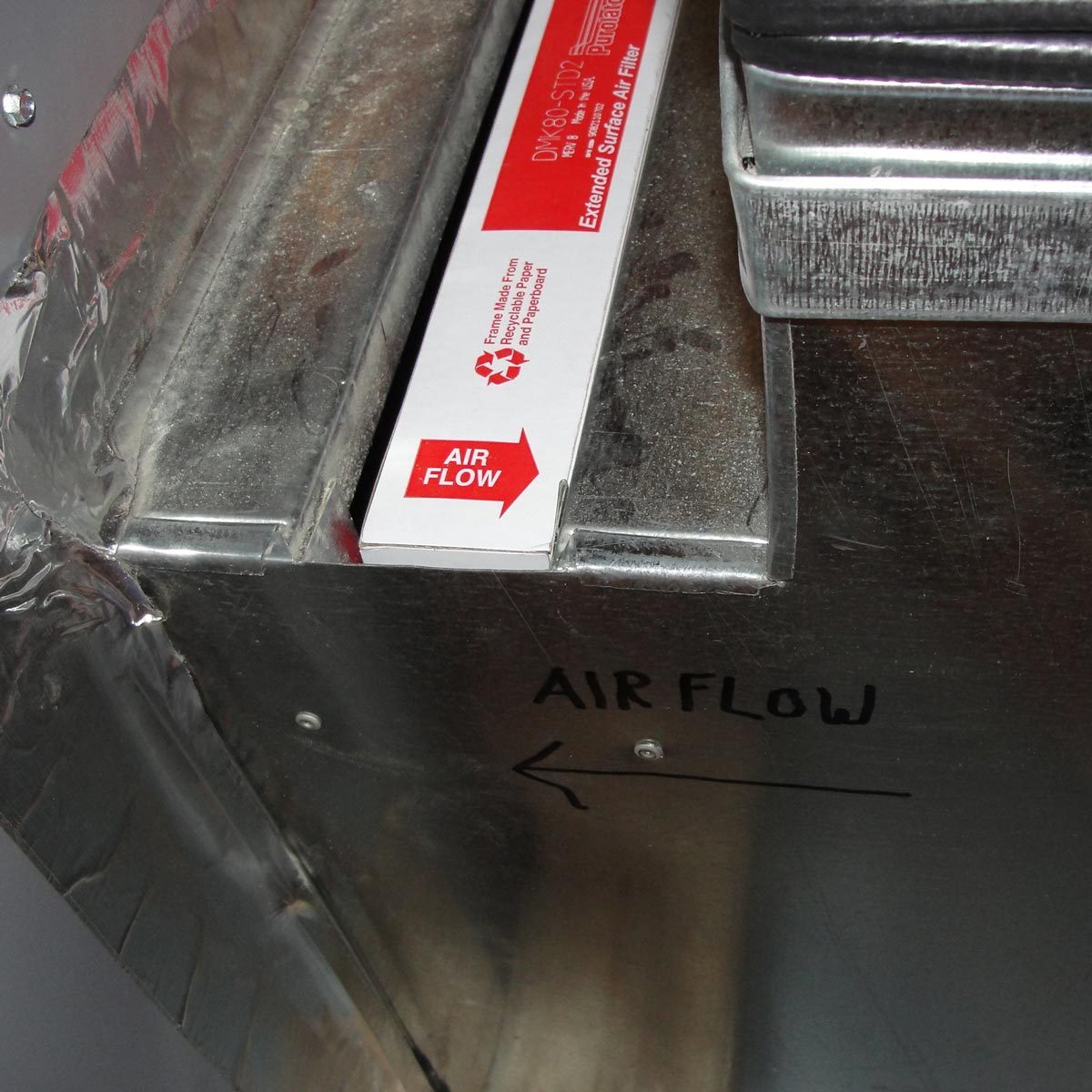To protect your family and home from a wildfire’s dangerous flames, you need to practice wildfire safety tips. A wildfire approaching your home is nothing to take lightly. These flames catch fast and can spread rapidly at a speed of 6 miles-per-hour in forests and 14 miles-per-hour in grasslands. This means waiting until a wildfire is in your area to research safety precautions is not ideal. Prepare your family ahead of time by following the suggestions below.

How to Stay Safe with Wildfire Smoke
Wildfires are most known for their vicious flames that whip through and destroy anything in their way. But the smoke they bring with them is also dangerous and worthy of concern. According to the CDC, the thick, black gas contains tiny particles from the trees and plants it ravaged through. This is dangerous to us humans because it can produce a burning sensation in our eyes, causing our noses to grow runny, trigger uncomfortable coughing, wheezing or difficulty breathing.
Smoke can have more severe effects on young children, pregnant women and the elderly.
Most young children are at risk because their airways are still developing, causing them to breathe more air than adults. This can be harmful if the air they breathe becomes polluted with smoke.
The elderly are more prone to heart and lung diseases. Therefore, they should avoid being around smoke because it can worsen the symptoms of their disease.
Pregnant women should steer clear of wildfire smoke because the gas can lead to lower birth weight.
Thankfully, there are steps you can take to make it easier to evacuate a wildfire with thick layers of smoke. This includes packing an emergency kit that’s ready at all times and is filled with essential safety items, such as respirators or prescribed medications that will make breathing easier. Keep your doors and windows closed to limit the number of smoke particles that enter your home. Avoid burning candles, using your fireplace or practicing any other activity that can increase the number of particles floating in the air.
You should also stay up-to-date on local air quality reports. Lastly, evacuate your city as soon as you hear a fire is heading your way.
Wildfire Safety Tips for the Home
Plot twist: we humans start most wildfires. Once they’ve started, they can continue to grow as long as there’s flammable material for them to gobble, air to keep their flames alive and a heat source, like the sun or warmth from campfires, to keep their fire hot.
While it might seem like there’s not a lot you can do to protect your home from a wildfire’s vicious flames, there are critical steps you can take to reduce the level of damage your home takes on.
Find the Right Material
One wildfire safety tip for homeowners living in fire activity zones is to install double-pane tempered glass windows throughout their homes. These are more fireproof than single-pane windows. Fire prevention can start at your roof, too. This is especially truthful considering wooden roofs are more likely to attract flames. Reliable, alternative roofing solutions include fire-resistant substances like slate, terra cotta or metal. Install sprinklers on your roof to keep its surface hydrated and protected from brush fires.

Source out Succulents
When planning your landscape, reconsider keeping the succulents indoors. Instead, take the advice of a Santa Fe, California couple who believes their succulents kept their home safe from a wildfire that burned through their neighborhood. The couple kept succulents encircled around their home’s exterior; after the fire, they noticed the leaves of their aloe plants were not burnt and that the wildfire’s flames stopped 6 feet from their house—where the succulents were. This is because succulents are fire retardant. So a succulent’s leaves may endure devastating damage, but they will not spread the fiery flames.
Discard Debris
Another wildfire safety tip for your yard is to keep your lawn clear of debris. While most people like to keep their yard clear for the sake of appearance, we suggest keeping your yard clear to reduce potential flames on your yard. This is because fires like to cling to and feed on debris, like loose branches, dry leaves, vines or even lawn furniture. You can reduce the amount of debris on your property by routinely maintaining your tree branches. Long tree branches are most likely to catch on fire, so you should trim your branches before they get too close to the ground.
If you’re planning out your landscape, plant your trees a comfortable distance from each other so they can’t easily spread flames.
Finally, avoid keeping firewood close to your home, trim growing vegetation and have a working garden hose at the ready.
Wildfire Safety Checklist: How to Prepare Your Family

It’s much easier to evacuate an approaching wildfire when your entire family is prepared and understands the urgency of the situation. Here are some ways you can make sure everyone in your household is on the same page.
Preparing Your Children
Fires can be a sensitive subject for young children.
When it’s time to educate your children on the dangers of flames, be mindful of the words you use. Avoid using language that will frighten them but do make sure they’re aware of the situation’s urgency. You can encourage your child to build their knowledge of fire safety by playing engaging and interactive games online, such as the ones available on Smokey the Bear’s website. Make sure your children understand the evacuation protocol. Try drawing out an evacuation plan to make the discussion more engaging and easy-to-remember.
Evacuating With Your Pets
Your furry friends need to be ready for a wildfire, too. Keep them safe with an emergency kit that’s stored in an easy-to-access location. This kit should include food, water, bowls, a leash, and a litter box or plastic bags for disposing of their waste on the road. Oh and don’t forget a few of their favorite toys to help calm their nerves.
Unfortunately, some circumstances will make it impossible to bring your pets with you during an evacuation. Protect your pet by placing a rescue alert sticker in an easy-to-see location close to the front of your home so first-responders can rescue them.
Pack a First-Aid Kit
When a wildfire is approaching your home, there’s little time to sit down and plan which items to bring before you hit the road. Stay prepared by having a designated first-aid kit ready in an easy-to-reach location. Click here for a full list of what your first-aid kit should include.
Have Emergency Bag Ready
You never know how long your family will be on the road and if you’ll be able to stop for toiletries or a change of clothes. Keep an emergency bag packed and ready to grab at a moment’s notice to limit your stops while en route. It’s a great idea to pack games or movies to play in the car as a source for calming nerves or easing tension among the passengers while evacuating the flames.
Know Where Your Car Keys Are
The last thing you’ll want to search for before escaping a wildfire is your car keys. An easy-to-follow wildfire safety tip is to make sure to leave your keys in a visible location, like on a kitchen counter or a table by the front door. Colorful and uniquely shaped dishes are a great place to store your keys and add some fun to your home as well.
Equip Your Home With Essential Fire Safety Equipment
Wildfires can grow to become large and devastating beasts, but most of them are preventable. Many house fires are also preventable.
You can keep flames from growing in your home with smoke and carbon monoxide detectors. When searching for the right detectors, look no further than Protect America. We protect homes and families with innovative smoke detectors that have an emergency response time averaging 12 seconds.
When carbon monoxide builds up in your home, it becomes a harmful gas capable of poisoning you and your loved ones. Keep your family from breathing in dangerous air particles with carbon monoxide detectors. Give us a call today to customize your security package and start protecting your home with life safety technology.
The post Quick Wildfire Safety Tips: A Guide For Preparing Your Family appeared first on Protect America Blog.
Article source here:
Quick Wildfire Safety Tips: A Guide For Preparing Your Family
Article source here:


